Best social media campaigns
Learn Key elements of a good social media campaign and check out Our top 7 picks (With Videos & How to's) for "Best Social Media Campaign's".

Learning by example is at the root of our being. From the moment we enter the world, we begin absorbing information around us, internalize it, and mimic it. As this is how our brains are best suited to learn, there can be no doubt that examining best performances can serve as an unmatched source for education and inspiration. Let’s break down what elements go into making an excellent social media campaign and some of those who executed the model best.
Short answer
What is a social media campaign
A social media campaign is a coordinated marketing effort that utilizes one or more social media platforms to achieve specific business goals or objectives. These campaigns are typically designed to raise awareness about a product, service, event, cause, or brand, and can encompass various tactics such as creating and sharing content, engaging with followers, running advertisements, and leveraging user-generated content.
Key elements of a good social media campaign often include:
- Goals and Objectives : defined targets such as increasing brand awareness, driving website traffic, generating leads, or boosting sales.
- Target Audience : Identification of the specific demographic or segment of users that the campaign aims to reach and engage with.
- Content Strategy : Creation of relevant and compelling content tailored to the target audience and designed to achieve the campaign’s goals.
- Platform Selection : Selection of appropriate social media platforms based on where the target audience is most active and which platforms align with the campaign’s objectives.
- Engagement and Interaction : Actively engaging with users through comments, messages, and shares to foster a sense of community and encourage participation.
- Measurement and Analytics : Tracking and analyzing key performance indicators (KPIs) such as reach, engagement, conversions, and return on investment (ROI) to evaluate the success of the campaign and inform future strategies.
How can you create the Best Social Media Campaign
Social media marketing campaigns can vary in scope and complexity, ranging from short-term initiatives focused on specific events or promotions to long-term strategies aimed at building and maintaining a brand’s online presence. Successful campaigns often involve careful planning, creative execution, and ongoing optimization based on performance data and audience feedback.
In analyzing these elements, we can infer what makes a great campaign. Great campaigns begin with clear objectives. Typically established during the strategizing phase, behind closed doors, as part of the overall marketing strategy. These objectives are aligned with the broader goals of the organization or brand and are often based on market research, audience analysis, and an understanding of the competitive landscape.
In some cases, brands may also choose to communicate the objectives of the campaign to their audience, especially if they are running a campaign with a specific call to action (e.g., encouraging users to sign up for a webinar, participate in a contest, or download a resource). Transparent communication about the objectives can help align audience expectations and increase engagement with the campaign.
Understand your target audience
Understanding the target audience well is essential for creating content that resonates with them. Conducting research to identify demographics, interests, preferences, and online behavior of the audience can inform content creation and targeting strategies.
High quality content is compelling. Content is king in social media campaigns. Creating high-quality, visually appealing, and engaging content that adds value to the audience is crucial. This includes a mix of text, images, videos, infographics, and other multimedia elements tailored to the preferences of the target audience.
Stay consistent
Consistency in posting content and maintaining a regular presence on social media platforms is important for building brand recognition and keeping the audience engaged. Posting frequency should be optimized based on the platform and audience preferences.
Effective storytelling in marketing can capture the attention of the audience and create an emotional connection with the brand. Using storytelling techniques to convey the brand’s message, values, and unique selling points can make the campaign more memorable and impactful.
Encouraging interaction and engagement with the audience is key to a successful social media campaign. This includes responding to comments and messages promptly, running interactive polls or contests, and encouraging user-generated content.
Use hashtags
Hashtags on instagram for example can increase the visibility of content and help reach a broader audience. Using relevant and trending hashtags strategically can amplify the reach of the campaign and attract new followers. their effectiveness and usage can vary depending on the platform and specific context. Here are some considerations regarding the relevance of hashtags:
- Platform-Specific Relevance : Hashtags are more commonly associated with platforms like Twitter and Instagram, where they serve as a way to categorize content and make it discoverable to users interested in specific topics. On platforms like Facebook and LinkedIn, hashtags are also used but may not be as central to content discovery.
- Discoverability and Reach : Hashtags can still be effective for increasing the discoverability and reach of social media posts, especially on platforms like Instagram and Twitter where users actively search and follow hashtags related to their interests. Using relevant and popular hashtags can help expand the audience reach of a post beyond a brand’s existing followers.
- Trending Topics and Events : Hashtags are commonly used to participate in or capitalize on trending topics, events, or conversations on social media. Brands often leverage trending hashtags to increase their visibility and engage with users discussing relevant topics.
- Branding and Campaigns : Hashtags are frequently used in branding and marketing campaigns to create a unified conversation around a specific topic, event, or promotion. Branded hashtags can help build brand recognition, encourage user-generated content, and track the success of a campaign.
In some cases, the excessive use of hashtags, particularly irrelevant or overly generic ones, can come across as spammy and detract from the quality of the content. It’s important to use hashtags strategically and sparingly to avoid overwhelming the audience.
Utilize social influencers
Collaborating with influencers or brand advocates who have a significant following and influence in the target audience can amplify the reach and credibility of the campaign.
- Influencer Marketing Evolution : Influencer marketing has evolved beyond celebrity endorsements to include micro-influencers, nano-influencers, and even virtual influencers. Brands are focusing on authenticity, relevance, and long-term partnerships with influencers who have highly engaged and niche audiences.
- Community Building and Engagement: Brands are focusing on building communities and fostering meaningful interactions with their audiences on social media. Strategies such as user-generated content, community management, and brand advocacy programs are being used to cultivate loyal and engaged communities around brands.
Campaign strategies
Regarding the strategies used in the best social media campaigns, there isn’t a one-size-fits-all approach. Different campaigns may prioritize and focus on different strategies based on their objectives, target audience, and other factors. Some campaigns may excel in certain strategies while de-emphasizing or not utilizing others.
For example:
- A campaign focused on increasing brand awareness may prioritize strategies such as storytelling, creative content, and influencer partnerships to reach a wider audience and create a memorable brand experience.
- A campaign aimed at driving sales or conversions may prioritize strategies such as targeted advertising, personalized messaging, and direct calls to action to encourage audience engagement and conversion.
- A campaign centered around community engagement may prioritize strategies such as user-generated content, contests, and interactive Q&A sessions to foster a sense of community and encourage participation.
Check out our complete Social media marketing guide & Our guide on how to do “killer” branding on social media.
Best social media campaign examples
The “best” social media campaigns are those that effectively achieve their objectives, resonate with their target audience, demonstrate creativity and innovation, and generate measurable results. The strategies employed can vary depending on the campaign’s goals and priorities, with successful campaigns adapting and optimizing their approach based on data and feedback.
Naming the “best” social media campaign of all time is subjective and can vary depending on individual perspectives, industry, and context. However, there are several social media campaigns that are widely regarded as highly successful and innovative due to their impact, creativity, and ability to achieve their objectives.
And the Best Social Media Campaigns are
1. Best use of #hashtags: ALS Ice Bucket Challenge Campaign
- Objective: The ALS Ice Bucket Challenge aimed to raise awareness and funds for amyotrophic lateral sclerosis (ALS), also known as Lou Gehrig’s disease, a progressive neurodegenerative disease.
- Execution: The campaign encouraged participants to pour a bucket of ice water over their heads, film the challenge, share it on social media platforms like Facebook, Twitter, and Instagram, and nominate others to do the same within 24 hours or donate to ALS research. Participants often used the hashtag #IceBucketChallenge or #ALSicebucketchallenge to share their videos and challenge others.
- Impact: The campaign went viral, with millions of people around the world participating, including celebrities, politicians, athletes, and ordinary individuals. The viral nature of the challenge led to widespread media coverage and engagement on social media platforms. The ALS Association reported raising over $115 million in donations during the campaign, significantly exceeding their initial fundraising goals.
How did the ALS Ice Bucket Challenge started
Watch this fun video and learn all about the ALS bucket challenge.
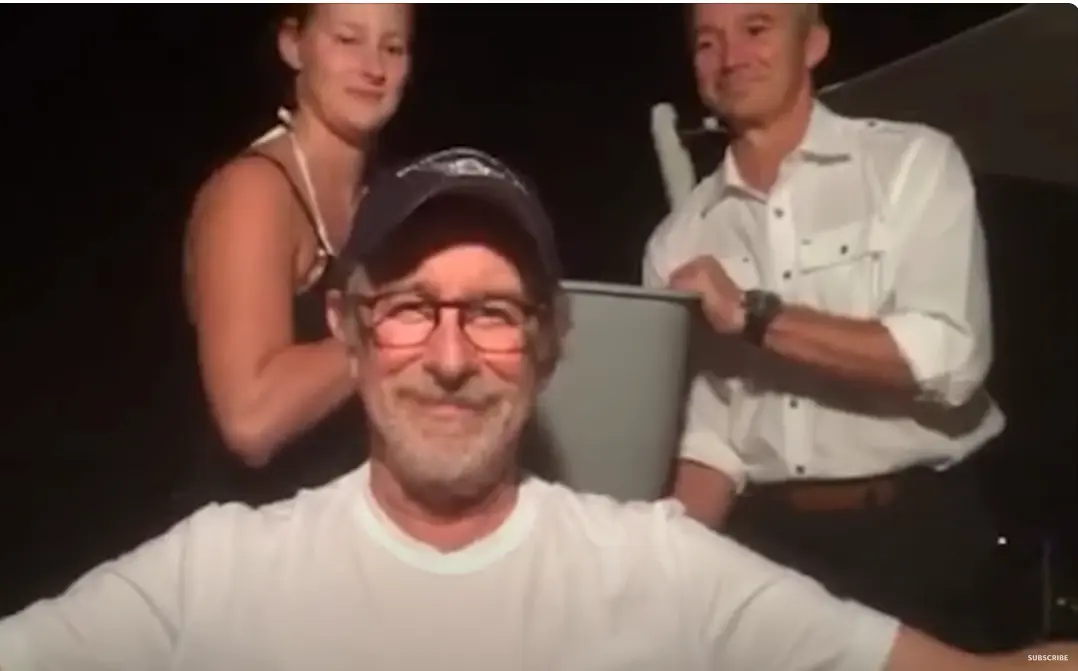
Video by The Telegraph UK
The ALS Ice Bucket Challenge’s success can be attributed to several key factors, including its simplicity, share-ability, and gamification elements. The challenge was easy to participate in and share on social media, making it accessible to a wide audience. Additionally, the use of hashtags helped unify the campaign’s message and facilitate viral spread across social media platforms. The campaign also leveraged social proof and peer pressure dynamics by encouraging participants to nominate others, driving further engagement and participation.
2. Best collaboration with an influencer: Daniel Wellington x Kendall Jenner
- Objective: Daniel Wellington aimed to increase brand awareness and drive sales by leveraging the influence and reach of Kendall Jenner, a highly popular model and influencer with a massive following on social media.
- Execution: Daniel Wellington collaborated with Kendall Jenner to create sponsored content featuring the brand’s watches on her Instagram account. Kendall Jenner shared several posts and stories showcasing the watches in various lifestyle settings, such as travel, fashion, and leisure activities. The posts were accompanied by captions highlighting the watches’ design, quality, and versatility, and included a call-to-action encouraging her followers to visit Daniel Wellington’s website.
- Impact: The partnership generated significant buzz and engagement on social media, reaching millions of Kendall Jenner’s followers and exposing the Daniel Wellington brand to a broader audience. The sponsored posts received high levels of engagement, including likes, comments, and shares, contributing to increased brand visibility and credibility. The campaign also led to a surge in website traffic and sales for Daniel Wellington, with many of Kendall Jenner’s followers purchasing the watches featured in her posts.
- Key Factors: The success of the Daniel Wellington x Kendall Jenner campaign can be attributed to several key factors, including the selection of a highly relevant and influential celebrity/influencer with a large and engaged following. Kendall Jenner’s authentic endorsement of the brand and the watches resonated with her audience, leading to increased trust and credibility. The campaign also effectively leveraged visual storytelling and lifestyle content, showcasing the watches in aspirational and relatable contexts that appealed to the target audience’s lifestyle and preferences.
Daniel Wellington x Kendall Jenner campaign
Watch this great Video from Daniel Wellington x Kendall Jenner campaign.
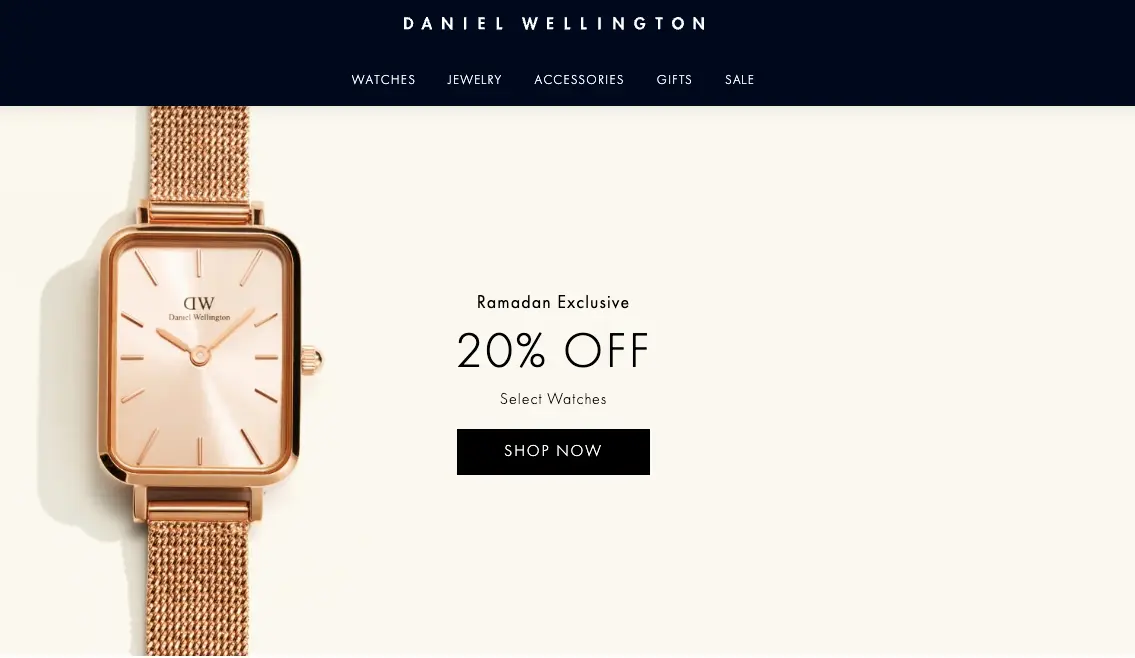
Overall, the Daniel Wellington x Kendall Jenner campaign exemplifies how strategic influencer partnerships can drive brand awareness, engagement, and sales by leveraging the credibility, reach, and influence of key personalities on social media.
3. Best cross-platform campaign: Coca-Cola’s “Share a Coke”
- Objective: Coca-Cola aimed to rejuvenate its brand and drive engagement by personalizing its iconic soda bottles and cans with popular names and phrases, encouraging consumers to share personalized bottles with friends and family.
- Execution: Coca-Cola launched the “Share a Coke” campaign across multiple platforms, including television commercials, print advertisements, in-store displays, and most importantly, social media. The campaign utilized the hashtag #ShareACoke to encourage consumers to share their personalized Coke bottles and cans on social media platforms like Facebook, Twitter, and Instagram. Coca-Cola also created a dedicated microsite where consumers could personalize virtual Coke bottles and share them online.
- Impact: The “Share a Coke” campaign became a massive success, driving significant engagement and brand awareness across multiple platforms. The personalized bottles and cans resonated with consumers, leading to widespread sharing of photos and videos on social media featuring the #ShareACoke hashtag. The campaign generated millions of user-generated content posts, with consumers sharing their personalized Coke bottles with their names, friends’ names, and even pet names. The hashtag #ShareACoke trended on social media platforms, further amplifying the campaign’s reach and impact.
- Key Factors: Several key factors contributed to the success of Coca-Cola’s “Share a Coke” campaign across multiple platforms. The campaign leveraged the power of personalization to create an emotional connection with consumers, encouraging them to share their unique experiences with the brand on social media. By utilizing a simple and memorable hashtag like #ShareACoke, Coca-Cola facilitated user-generated content creation and encouraged widespread sharing across platforms. The campaign’s integration across various channels, including traditional media, in-store activations, and digital platforms, ensured broad reach and engagement with consumers across different touchpoints.
Coca-Cola’s “Share a Coke” campaign Video
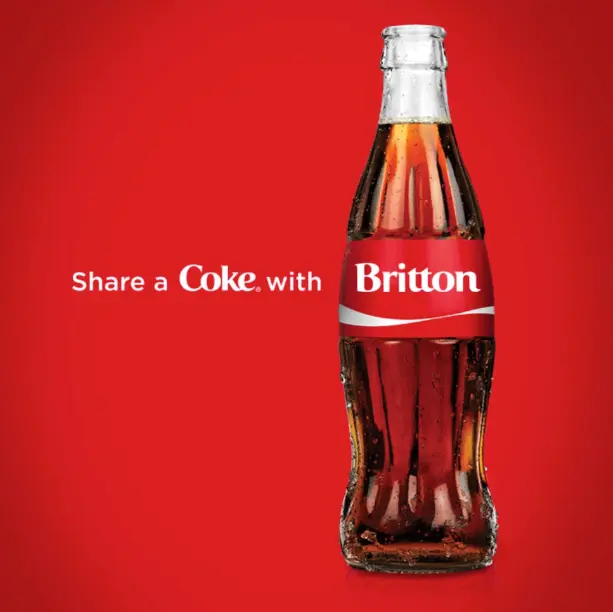
The “Share a Coke” campaign exemplifies how a well-executed marketing campaign can succeed across multiple platforms by leveraging personalization, user-generated content, and integrated marketing strategies to drive engagement and brand awareness.
4. Best AI video content: “This Person Does Not Exist” by Phillip Wang
- Objective: Phillip Wang, an AI researcher and co-creator of the website “This Person Does Not Exist,” aimed to showcase the capabilities of AI-generated content by creating a website that generates realistic-looking portraits of people who do not exist.
- Execution: Wang utilized a Generative Adversarial Network (GAN), a type of artificial intelligence, to create a website that generates lifelike portraits of fictional individuals. The website, “This Person Does Not Exist,” continuously generates new images of faces that are indistinguishable from real photographs. Wang shared the website on social media platforms like Twitter and Reddit, inviting users to visit the site and explore the AI-generated portraits.
- Impact: The “This Person Does Not Exist” campaign generated widespread attention and engagement on social media, with users fascinated by the realistic-looking portraits generated by AI. The campaign sparked discussions about the capabilities and implications of AI technology, particularly in the realm of visual content creation. The website received millions of visits, and the AI-generated portraits became widely shared and featured in online articles and discussions across social media platforms.
- Key Factors: Several key factors contributed to the success of the “This Person Does Not Exist” campaign as an example of AI-driven video content in a social media campaign. The campaign leveraged the novelty and intrigue of AI technology to capture the attention of users on social media, sparking curiosity and engagement. The realistic and visually compelling nature of the AI-generated portraits generated widespread sharing and discussion on social media platforms, amplifying the campaign’s reach and impact. Additionally, the campaign’s simplicity and accessibility, with a single website showcasing the AI-generated content, made it easy for users to participate and share the experience with others.
This Person Does Not Exist review
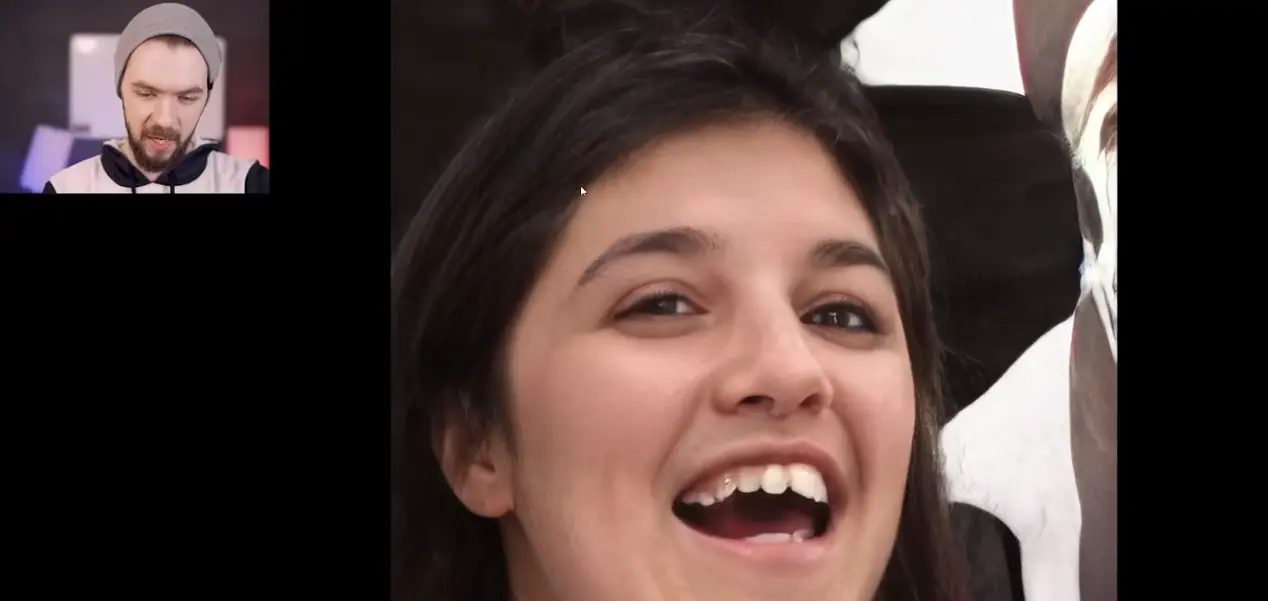
Video by: jacksepticeye
The “This Person Does Not Exist” campaign by Phillip Wang exemplifies how AI-driven video content can be leveraged in a social media campaign to spark curiosity, engagement, and discussion among users on various platforms.
5. Best for campaign accuracy in reaching target demography: Dollar Shave Club
- Objective: Dollar Shave Club aimed to disrupt the traditional shaving industry and attract a younger male demographic by offering affordable, high-quality razors and grooming products delivered through a subscription model.
- Execution: The Dollar Shave Club launched a humorous and irreverent promotional video titled “Our Blades Are F***ing Great” featuring the company’s founder, Michael Dubin. The video showcased the benefits of Dollar Shave Club’s subscription service in a witty and entertaining manner, highlighting the company’s value proposition and targeting young men who were frustrated with overpriced razors.
- Impact: The Dollar Shave Club’s promotional video went viral on social media platforms like YouTube, generating millions of views and widespread attention. The video resonated with its target demographic of young men, who appreciated its humor and straightforward messaging. The campaign successfully attracted a large number of subscribers, leading to rapid growth and ultimately, the acquisition of Dollar Shave Club by Unilever for $1 billion in 2016.
- Key Factors: Several key factors contributed to the success of the Dollar Shave Club campaign in reaching its target demographic. The campaign leveraged humor and irreverence to appeal to its audience of young men, who were drawn to the company’s authentic and relatable brand persona. The use of digital platforms like YouTube allowed Dollar Shave Club to reach its target demographic where they spent a significant amount of time online. Additionally, the subscription-based business model aligned with the preferences of its target demographic for convenience and affordability.
DollarShaveClub.com – Our Blades Are F***ing Great
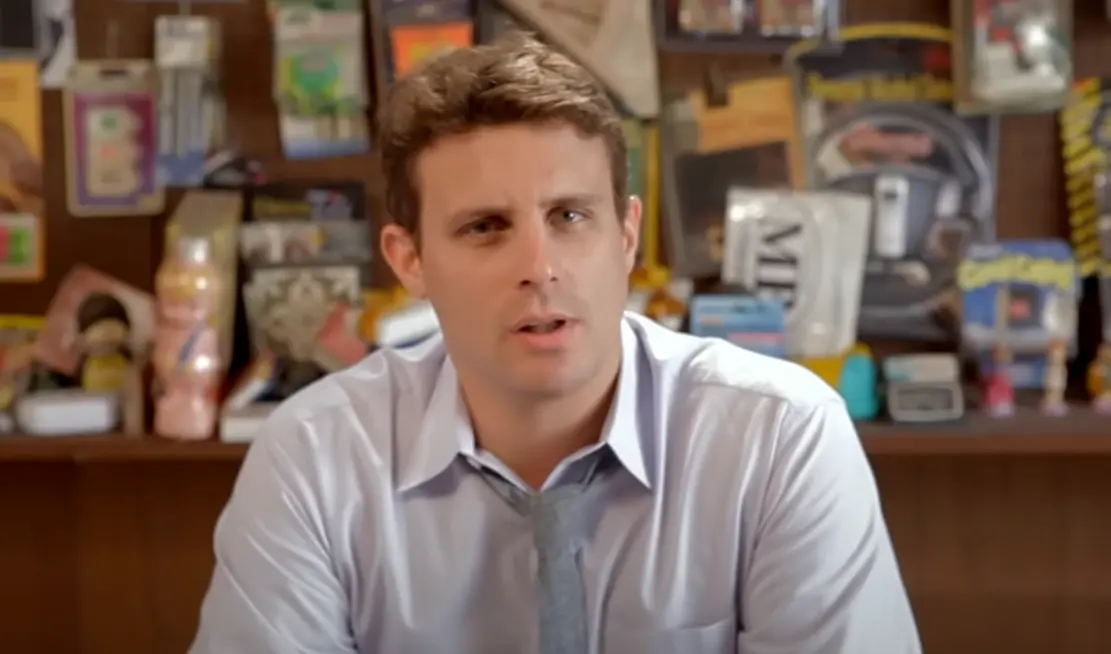
Video by: DollarShaveClub
The Dollar Shave Club campaign is often regarded as a prime example of a marketing campaign that effectively reached its target demographic through clever messaging, humor, and strategic use of digital platforms like YouTube.
6. Dove real beauty sketches – Most dominant video campaign
- Brand: Dove (Unilever)
- Objective: The Dove Real Beauty Sketches campaign aimed to challenge societal perceptions of beauty and promote self-esteem among women by conducting a social experiment that highlighted the gap between how women perceive themselves and how others see them.
- Execution: Dove produced a video titled “Real Beauty Sketches” that showcased an experiment conducted by an FBI-trained forensic artist who created sketches of women based on their own descriptions of themselves and descriptions provided by strangers who had briefly met them. The video revealed that the sketches based on strangers’ descriptions were often more flattering and accurate than those based on the women’s self-descriptions, highlighting the women’s tendency to be overly critical of their own appearance.
- Impact: The Dove Real Beauty Sketches video quickly went viral on social media platforms like YouTube, Facebook, and Twitter, generating millions of views and sparking widespread discussion and debate about beauty standards and self-esteem. The campaign received praise for its powerful message and emotional impact, leading to increased brand awareness and positive sentiment towards Dove.
- Cultural Impact: The Dove Real Beauty Sketches campaign sparked conversations about body image, self-esteem, and the portrayal of women in media. It prompted other brands and organizations to address similar themes in their advertising and marketing efforts, contributing to a broader cultural shift towards promoting diversity, inclusivity, and self-acceptance in the beauty industry
Dove Real Beauty Sketches | You’re more beautiful than you think (3mins)
Video by doveunitedstates
The Dove Real Beauty Sketches campaign received numerous awards and accolades, including the Titanium Grand Prix at the Cannes Lions International Festival of Creativity, one of the most prestigious awards in the advertising industry.
7. Cards against humanity saves America: Most viral underdog social media campaign
- Objective: Cards Against Humanity, a small card game company, aimed to make a bold statement and engage its audience during the holiday season by launching a unique and attention-grabbing campaign.
- Execution: In November 2017, Cards Against Humanity announced a holiday promotion titled “Cards Against Humanity Saves America.” The company sold a limited number of surprise packages for $15 each, promising to use the proceeds to fund various projects aimed at addressing social issues, including fighting against political corruption, protecting the environment, and supporting marginalized communities. The company also engaged in unconventional marketing tactics, such as purchasing vacant land along the U.S.-Mexico border to obstruct potential construction of a border wall.
- Impact: The campaign generated widespread attention and media coverage, with many people intrigued by the company’s unconventional approach to holiday marketing and social activism. Cards Against Humanity’s bold and irreverent messaging resonated with its audience, leading to high levels of engagement and participation in the promotion. The company’s commitment to social causes and willingness to take a stand on political issues further endeared it to its fan base.
- Key Factors: The success of the Cards Against Humanity Saves America campaign as an underdog initiative can be attributed to several key factors. The campaign leveraged the company’s brand identity as a provocative and socially conscious entity to capture attention and engage its audience. By aligning the campaign with relevant social issues and utilizing unconventional marketing tactics, Cards Against Humanity differentiated itself from larger competitors and generated buzz within its niche community. The campaign’s emphasis on transparency and authenticity also resonated with consumers, fostering a sense of trust and loyalty toward the brand.
Cards Against Humanity Saves America
Narrated by Peter Coyote
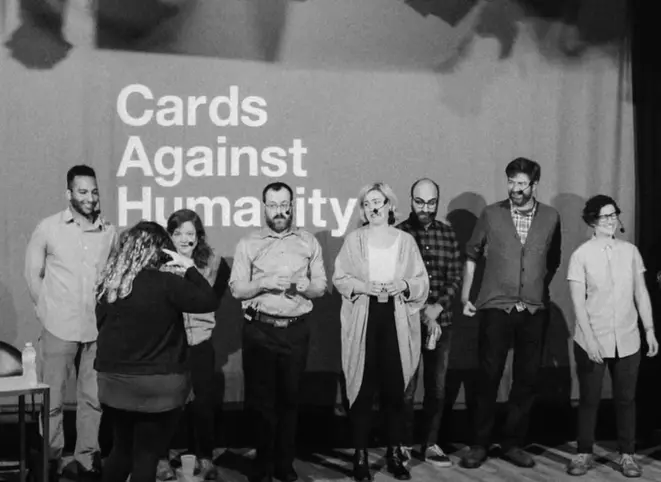
The Cards Against Humanity Saves America campaign exemplifies how a small company can achieve viral success by leveraging its unique brand identity, engaging in bold and unconventional marketing strategies, and aligning with relevant social issues to resonate with its audience. Despite its relatively small size, Cards Against Humanity successfully positioned itself as an underdog that made a significant impact through its holiday promotion and social activism.


